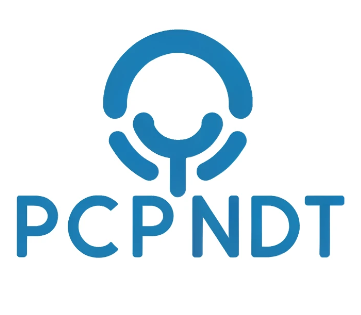Bima vs Traditional Insurance: Traditional Bima offers guaranteed benefits and savings, but with lower growth potential and flexibility whereas Bima options (term insurance, ULIPs) prioritize affordability, higher coverage, or potential for higher returns, but may come with market risks and less guaranteed benefits.
In the digital age, convenience and accessibility are king. This applies to insurance too, where traditional methods are facing competition from innovative startups such as Bima. But what exactly is Bima, and how does it stack up against traditional insurance? Let’s dive into the comparison:

What is Bima?
A new boundary in Bima, represents a modern approach to insurance that leverages technology and digital platforms to provide accessible and affordable coverage to underserved populations. This model aims to overcome barriers to traditional insurance, such as high premiums, complex processes, and limited outreach. Bima often targets low-income individuals, micro-entrepreneurs, and rural communities who may have limited access to conventional insurance products.
Features
- Affordability: Bima’s micro-insurance products are designed to be affordable, often sold in small premiums that can be paid via mobile money.
- Accessibility: Bima uses technology to reach customers in remote areas, eliminating the need for physical branches or agents.
- Convenience: Everything from buying policies to making claims can be done on a mobile phone, making it incredibly convenient.
- Focus on micro-insurance: Bima specializes in small, targeted insurance plans that cater to specific needs, like life insurance, health insurance, or mobile phone insurance.
Pros
- Affordable and accessible.
- Easy to buy and manage via mobile.
- Targeted products for specific needs.
Cons
- Limited product range compared to traditional insurers.
- May lack the same level of financial stability as established companies.
What is Traditional Insurance?
A Time-Tested Approach Traditional insurance, on the other hand, follows a well-established model that has been prevalent for decades. This model involves insurance companies offering a wide range of coverage options, including life insurance, health insurance, property insurance, and more. Traditional insurance typically involves comprehensive underwriting processes, fixed premiums, and long-term policy commitments.
Features
- Comprehensive Coverage: Traditional insurance provides comprehensive coverage for various risks and contingencies, offering policyholders financial protection against a wide range of events.
- Established Underwriting Practices: Traditional insurance companies follow rigorous underwriting processes to assess risks and determine premium rates based on factors such as age, health status, and coverage needs.
- Long-Term Commitments: Policyholders of traditional insurance typically commit to long-term policies with fixed premium amounts, ensuring continuous coverage over an extended period.
Pros
- Wide range of products and services.
- Established infrastructure and customer support.
- Proven financial stability.
Cons
- Can be expensive and inaccessible for some.
- Can be complicated and time-consuming to navigate.
Bima vs Traditional Insurance
| Aspect | Bima | Traditional Insurance |
|---|---|---|
| Registration Process | Paperless, quick (<2 minutes) | Lengthy paperwork, complex forms |
| Product Design | Customer-centric, tailored products | Standardized offerings |
| Premium Payments | Daily micropayments via airtime credit | Monthly/annual premiums |
| Claims Process | Automated, digital | Manual, paperwork-based |
| Access & Affordability | Overcomes barriers through mobile tech | May struggle with access and costs |
| Market Entry | Partnerships with telecom operators | Independent insurance companies |
How to choose right insurance?
When comparing Bima and traditional insurance, individuals and businesses should consider their specific needs, preferences, and risk profiles. Bima may be suitable for those seeking affordable and accessible insurance solutions, especially in underserved markets. Traditional insurance, on the other hand, offers comprehensive coverage and established risk management practices for a wide range of risks and contingencies.
How Traditional Insurance is better choice?
Traditional Insurance can be better choice for the following:
- People seeking comprehensive coverage and a wide variety of products.
- Those who value established infrastructure and customer support.
- Individuals who prefer dealing with a physical branch or agent.
Conclusion
The evolution of insurance models, including Bima and traditional insurance, reflects the industry’s commitment to innovation, inclusivity, and customer-centricity. By understanding the differences between these models, individuals and businesses can make informed decisions to select the insurance option that best meets their unique requirements and financial goals.
